Fertilizers are essential tools in modern agriculture. At Green Tech Solutions, we offer a wide range of organic and inorganic fertilizers that replenish depleted soil, promote healthy plant growth, and boost overall crop productivity. Whether for small farms or commercial cultivation, our solutions help meet the nutrient demands of crops in a sustainable and efficient way.
Fertilizers

Enhancing Agriculture, One Nutrient at a Time
Types of Fertilizers
- Organic Fertilizers
- Inorganic (Synthetic) Fertilizers
Organic Fertilizers
Sourced from natural materials like compost, bone meal, and animal manure, organic fertilizers enrich the soil, improve structure, and enhance water retention—while slowly releasing nutrients like nitrogen, phosphorus, and potassium.
Inorganic (Synthetic) Fertilizers
Made from scientifically formulated chemical compounds such as urea, ammonium nitrate, and superphosphates. These fertilizers offer fast or slow nutrient release, catering to specific plant needs with precision and consistency.
CATEGORY OF FERTILIZERS

01. Macronutrients
Key nutrients plants require in large quantities — Nitrogen (N), Phosphorus (P), and Potassium (K). Essential for root growth, flowering, fruiting, and photosynthesis.
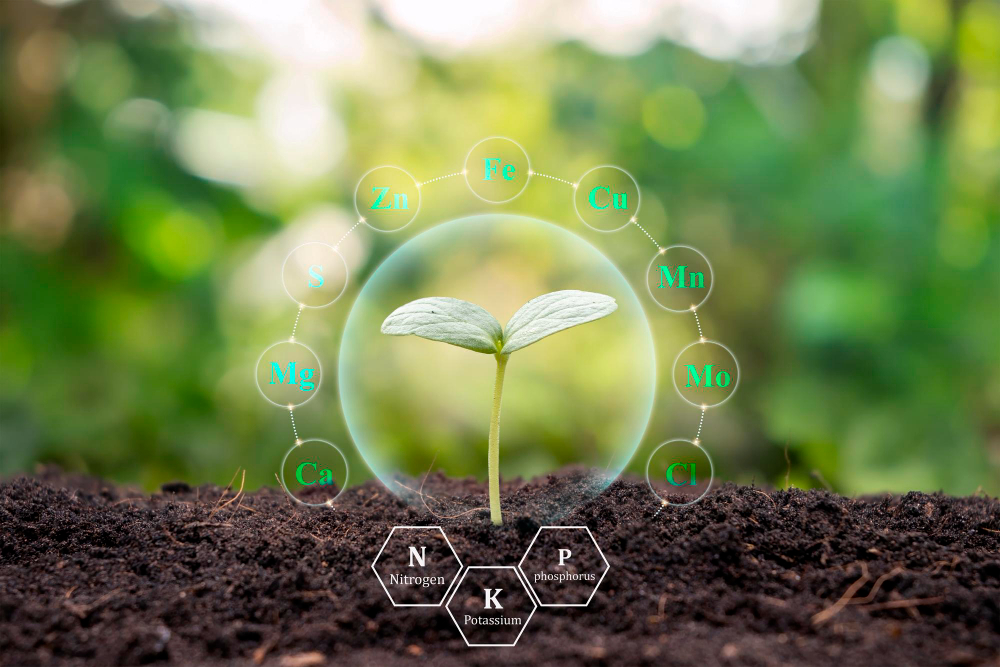
02. Micronutrients
Needed in small amounts but critical for plant metabolism. Includes Iron (Fe), Zinc (Zn), Manganese (Mn), Copper (Cu), Boron (B), Molybdenum (Mo), and Chlorine (Cl).
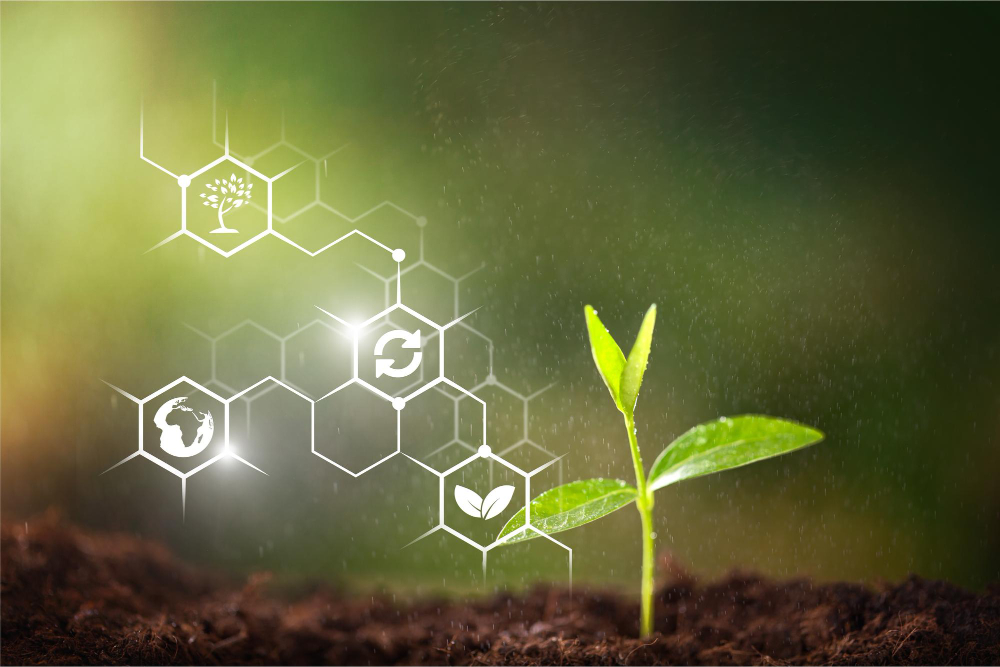
03. Secondary Nutrients
Essential for overall plant health and soil balance: Calcium (Ca), Magnesium (Mg), and Sulfur (S).
ChatGPT said:
Fertilizers are essential to modern farming, helping restore soil nutrients, boost crop production, and promote sustainable agriculture. However, responsible use is vital to avoid environmental harm like soil damage, water contamination, and increased greenhouse gas emissions.
Specialized Fertilizers
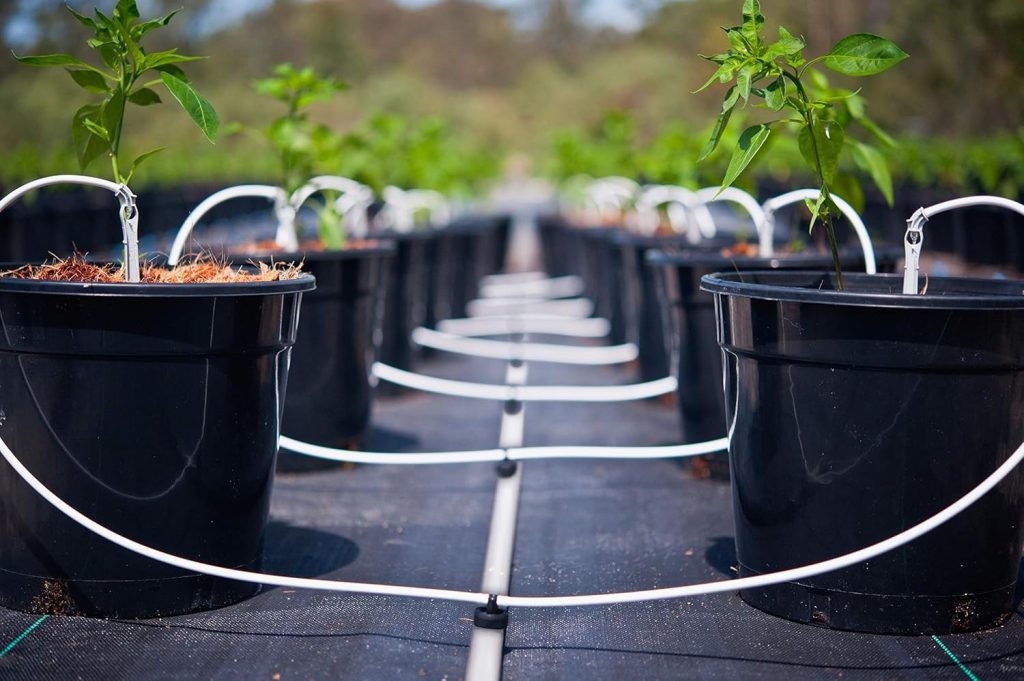
Controlled-Release Fertilizers(CRFs)
Controlled-release fertilizers (CRFs) are formulated to gradually deliver nutrients over time, aligning with the plant’s natural uptake cycle. These fertilizers are coated with materials such as polymer, sulfur, or resin, which regulate how quickly nutrients are released into the soil.
How They Work:
The coating responds to factors like soil temperature, moisture levels, and microbial activity, releasing nutrients slowly and steadily. This ensures plants get what they need, when they need it, while minimizing nutrient losses from leaching, runoff, or evaporation.

Benefits of Controlled-Release Fertilizers:
Reduces application frequency, saving both time and labor
Provides consistent nutrient supply, improving overall uptake efficiency
Lowers environmental risks by reducing nutrient runoff into water sources
Supports healthier plant development by avoiding sudden nutrient spikes
Ideal for precision agriculture, especially in high-value crops, landscaping, greenhouse farming, and ornamental plants
Liquid Fertilizers
Liquid fertilizers are plant nutrients dissolved in water and applied directly to soil or foliage. They can be delivered using methods such as foliar spraying, fertigation (via irrigation systems), or soil drenching — offering flexibility and precision in application.
How They Work:
Since the nutrients are already in liquid form, plants can absorb them quickly through roots or leaves. This results in faster response times, making liquid fertilizers especially effective for addressing nutrient deficiencies or supporting crops during critical growth phases.
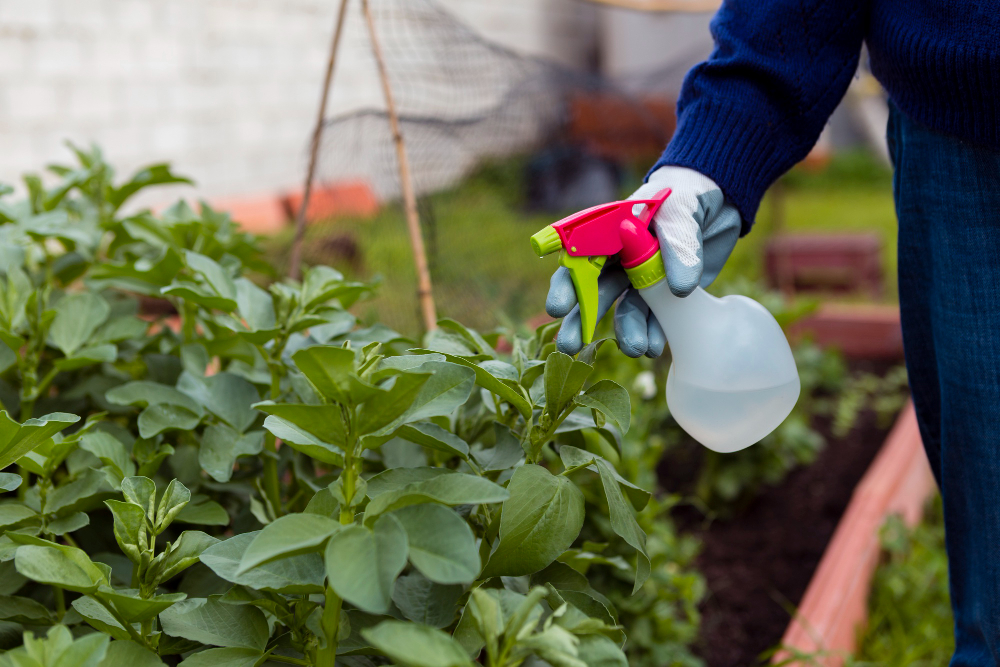
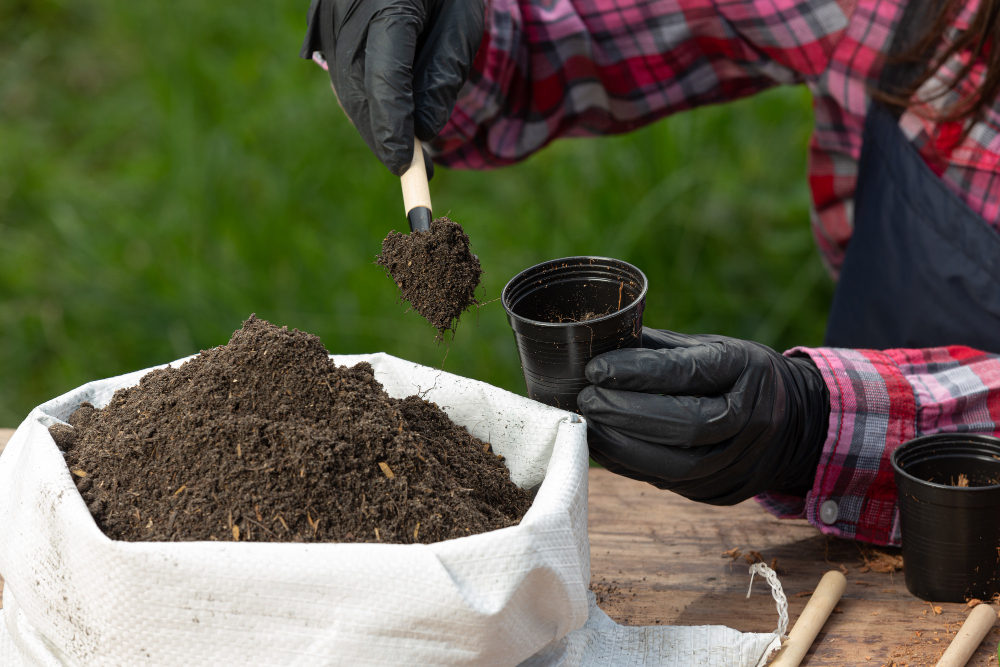
Key Benefits:
Fast-acting nutrition for quick correction of deficiencies
Uniform distribution with precise control over dosage
Can be blended with pesticides/herbicides for combined treatment
Suitable for hydroponics, drip systems, and greenhouses
Reduces waste and improves nutrient use efficiency





